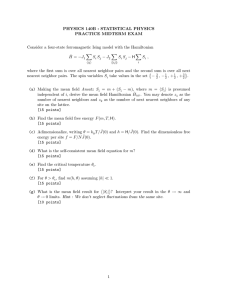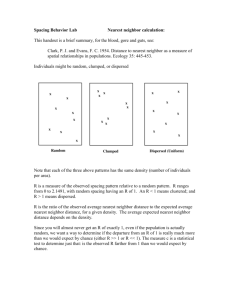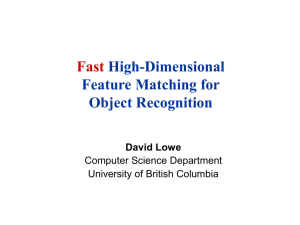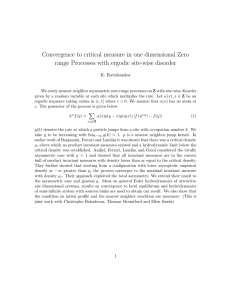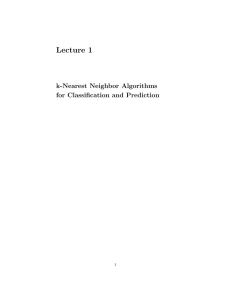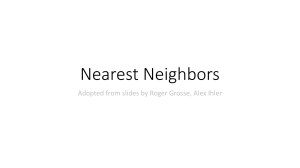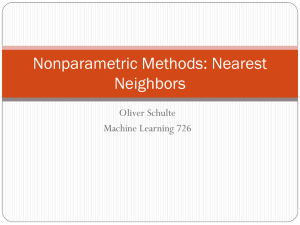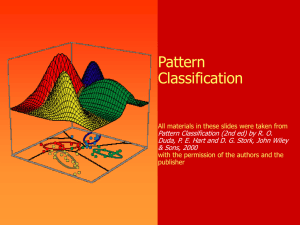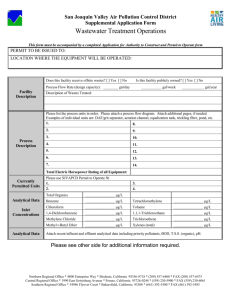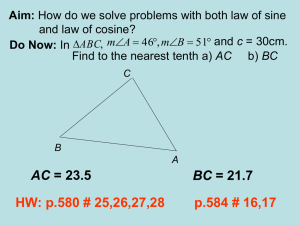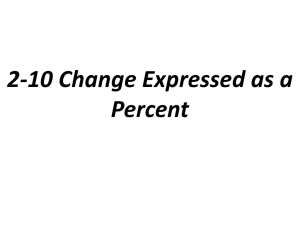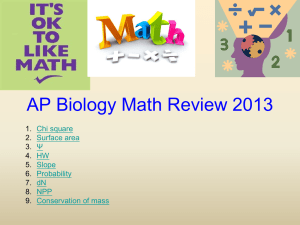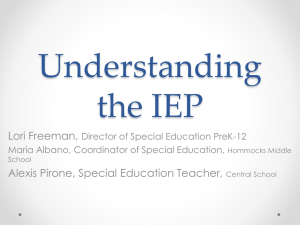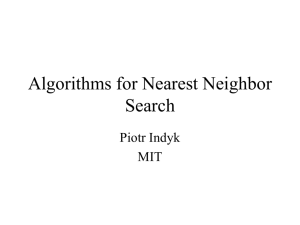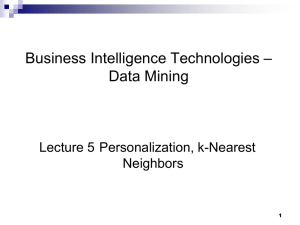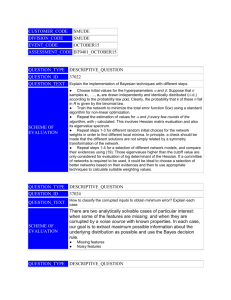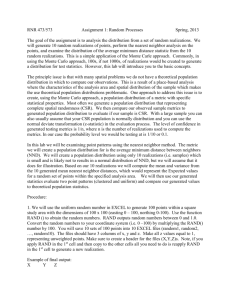k-nn - Avinash Kumar Singh
advertisement
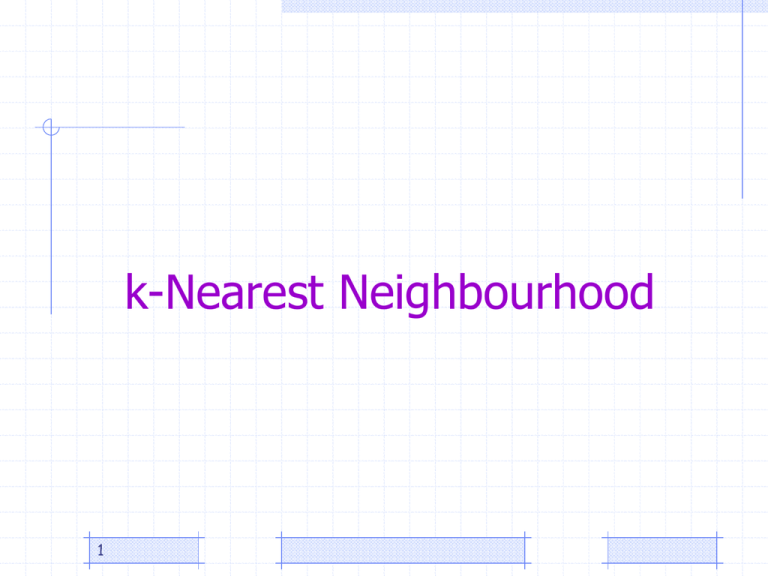
k-Nearest Neighbourhood 1 k - Nearest Neighbor • Requires 3 things: – The set of stored patterns – Distance metric to compute distance between patterns – The value of k, the number of nearest neighbors to retrieve ? • To classify an unknown record: – Compute distance to other training patterns – Identify k nearest neighbors – Use class labels of nearest neighbors to determine the class label of unknown pattern (e.g., by taking majority vote) 2 k - Nearest Neighbor • Compute the distance between two points: – Euclidean distance d(p,q) = √∑(pi – qi)2 – Hamming distance (overlap metric) • Determine the class from nearest neighbor list – Take the majority vote of class labels among the knearest neighbors – Weighted factor w = 1/d2 3 k - Nearest Neighbor k = 1: ? k = 3: Belongs to square class Belongs to triangle class k = 7: Belongs to square class Choosing the value of k : If k is too small, sensitive to noise points If k is too large, neighborhood may include points from other classes Choose an odd value for k, to eliminate ties k - Nearest Neighbor Accuracy of all NN based classification, prediction, or recommendations depends solely on a data model, no matter what specific NN algorithm is used. Scaling issues Attributes may have to be scaled to prevent distance measures from being dominated by one of the attributes. Examples Height of a person may vary from 4’ to 6’ Weight of a person may vary from 100lbs to 300lbs Income of a person may vary from $10k to $500k Nearest Neighbor classifiers are lazy learners Models are not built explicitly unlike eager learners. 5 Advantages Simple technique that is easily implemented Building model is cheap Extremely flexible classification scheme Well suited for Multi-modal classes Records with multiple class labels Error rate at most twice that of Bayes error rate Cover & Hart paper (1967) Can sometimes be the best method Michihiro Kuramochi and George Karypis, Gene Classification using Expression Profiles: A Feasibility Study, International Journal on Artificial Intelligence Tools. Vol. 14, No. 4, pp. 641-660, 2005 6 K nearest neighbor outperformed SVM for protein function prediction using expression profiles Disadvantages • Classifying unknown records are relatively expensive – Requires distance computation of k-nearest neighbors – Computationally intensive, especially when the size of the training set grows • Accuracy can be severely degraded by the presence of noisy or irrelevant features 7
